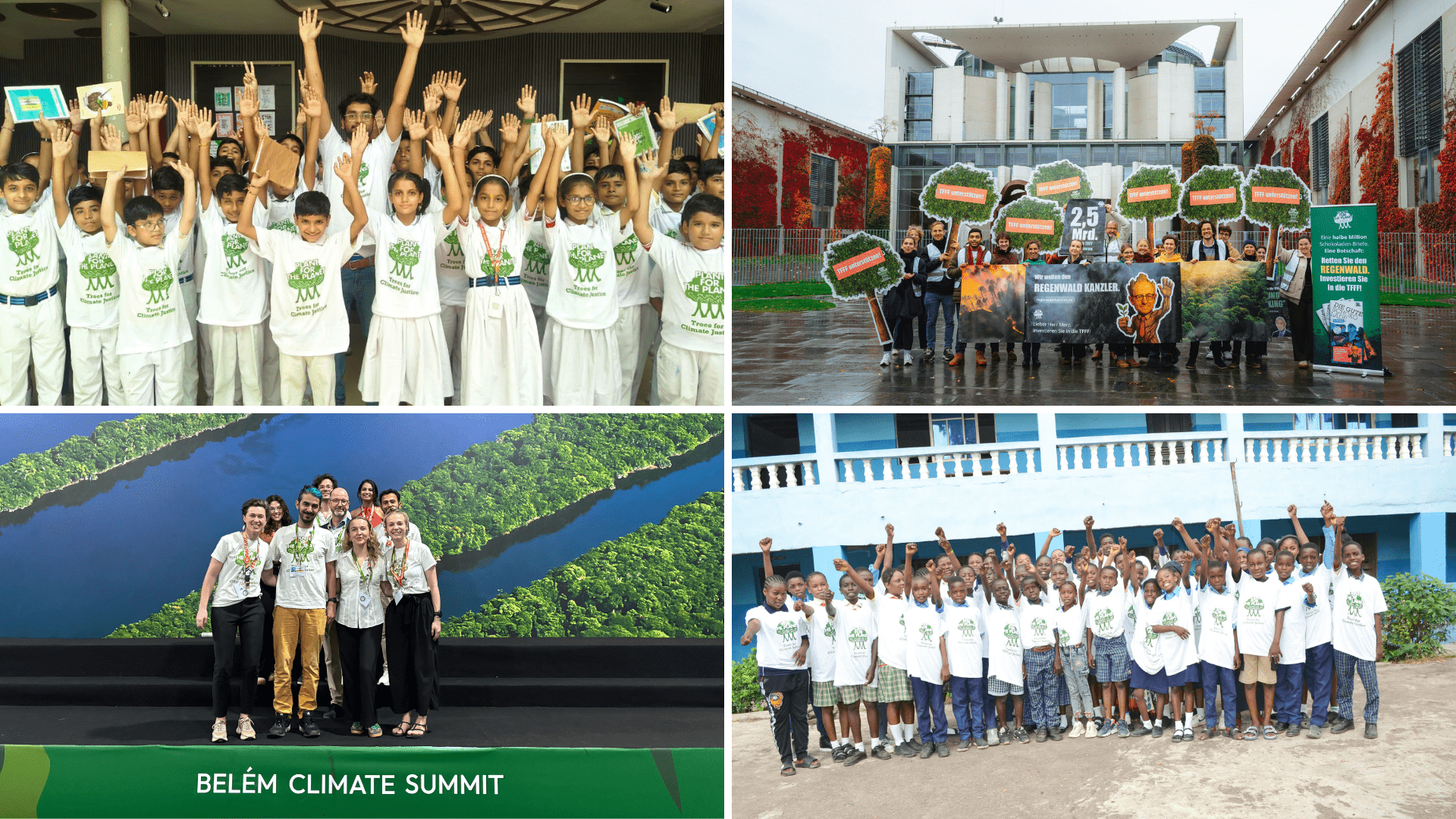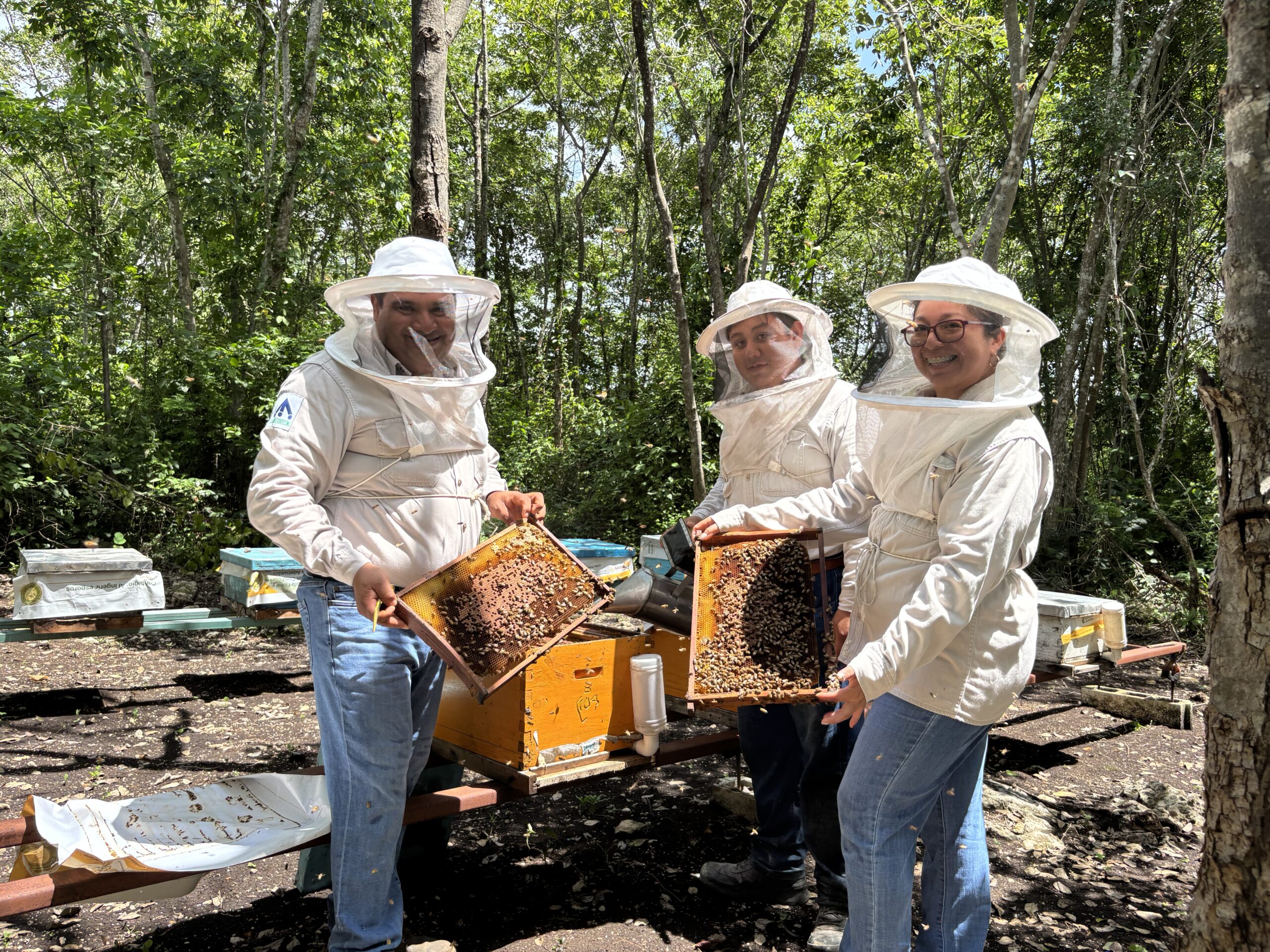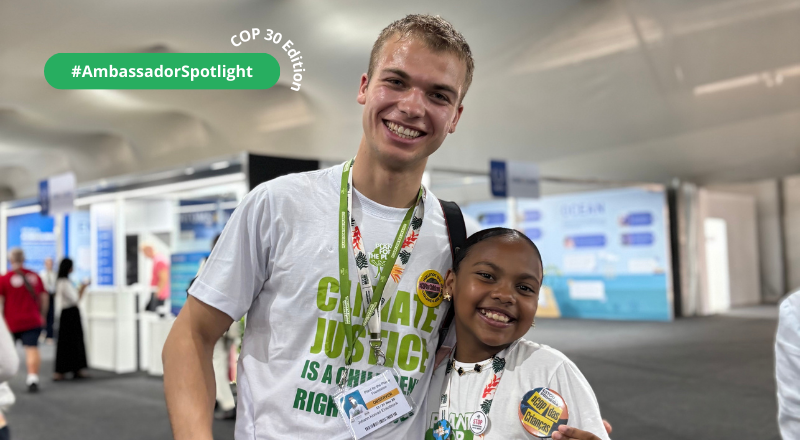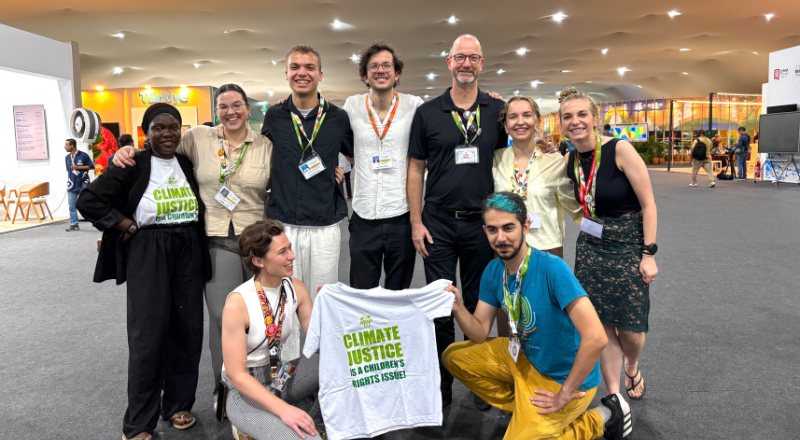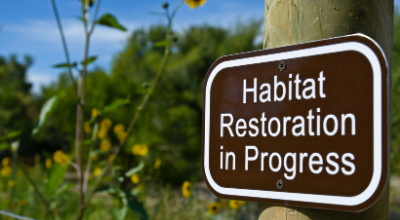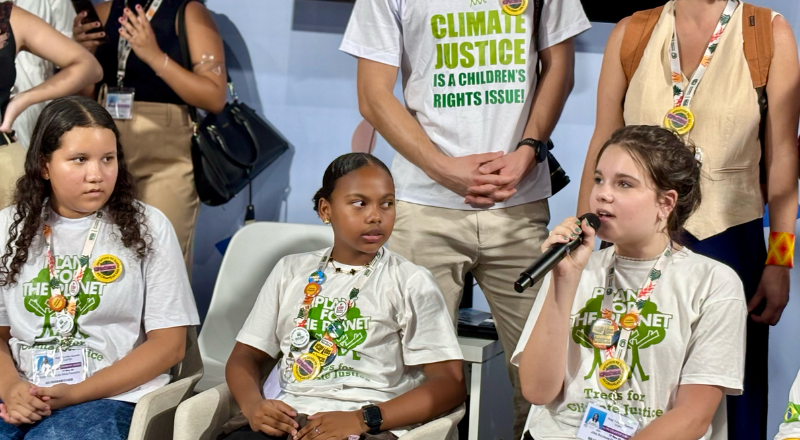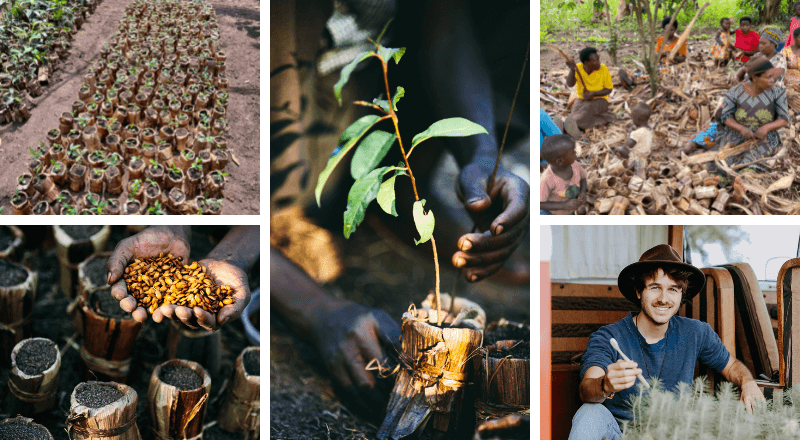
What comes to your mind when you hear about environmental protection? I reckon your first thoughts are forests, ocean and animals. Well, that’s right but not completely the case.
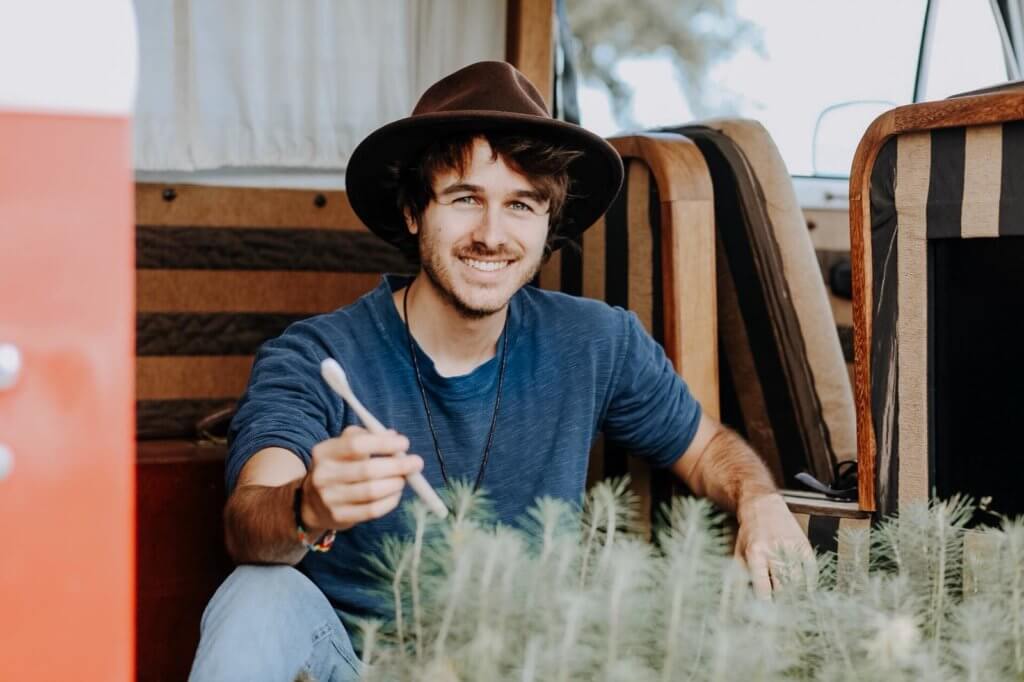
We spoke to Fernando Cervigon, the founder of Trees4humanity, an organization that has developed an open-source system that adopts a people-centered approach as part of their restoration projects ensuring that communities are part of managing their natural resources. This project combines technology, creative thinking, and the ancestral knowledge of indigenous communities in its work providing income to 1,500 families at the same time.
With the idea to give everybody a better understanding, we share here some edited excerpts from the interview.
Replacing plastics with biodegradable pots
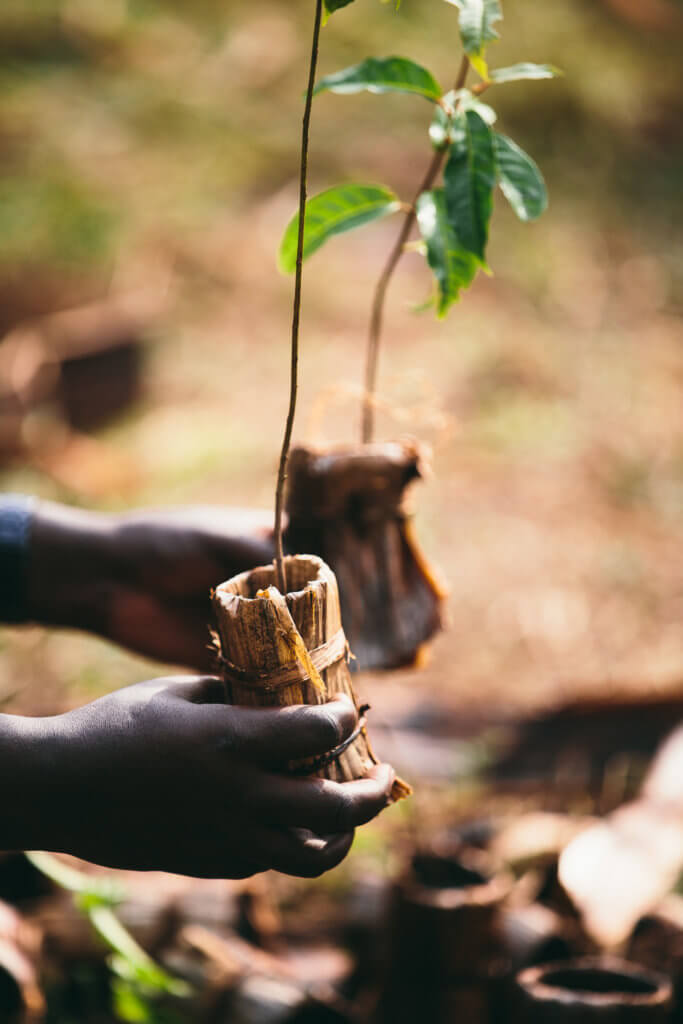
I have been developing environmental protection projects all over the world for the past years. This has given me the opportunity of living with the isolated tribes of the Amazon, working in the protection of orangutans in Borneo, and participating in investigations against illegal trafficking of species and anti-poaching in Africa. All this has allowed me to witness first-hand the true state of decay in which the main ecosystems of the planet are found. I believe that we have to combine technology and creative thinking together with the ancestral knowledge of indigenous communities in order to find creative solutions to the major threats and challenges that we are facing as a species.
For years, one of the main challenges in restoration projects was the tons of plastic used for seed pots. I have always found this very contradictory, therefore we have been working on developing a solution. Thanks to this system, we avoid the usage of millions of plastics and at the same time generate a source of income for the nearby local communities in the manufacturing of biodegradable pots. At the same time, we are working on the usage of blockchain technology to secure traceability.
Human-centered, empowering women and climate change
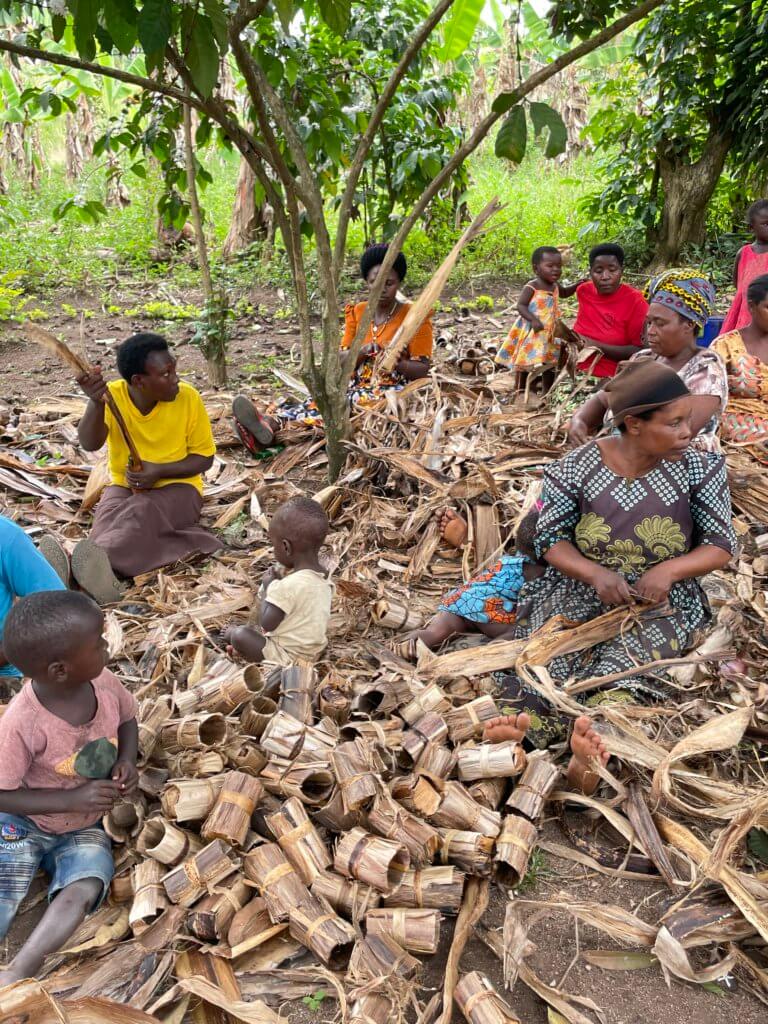
When we talk about environmental protection projects, people tend to forget that we humans are part of nature too, and think that we are just referring to plants and animals, I like to say that I don´t understand a habitat restoration project without the human component. In order for a project to succeed in the long term, I believe it is crucial to provide local communities with the necessary tools and resources so that they are the ones capable of managing their own natural resources. The system that we have developed, tested, and validated is meant to be scalable and the impact has the potential to grow exponentially as more and more communities adopt this open-source system. Thanks to this system, we are working with groups of women at risk of exclusion in the manufacturing of biodegradable pots. To date, we are providing a source of income to more than 1,500 families. As an impact of the climate crisis, we are experiencing an unpredictable change in the seasons. This is making it much harder for the seed to grow and lowering the survival rate of the seedlings.
Discovering Plant-for-the-Planet
A few years ago I heard about the Trillion Tree Campaign.
I find the Plant-for-the-Planet platform to be initiative and can act as an amplifier to many small projects and organizations around the world that have the passion and talent to do important things but lack the resources of bigger organizations for marketing and fundraising purposes. This way access to tree planting can be democratized.
What happens when you donate
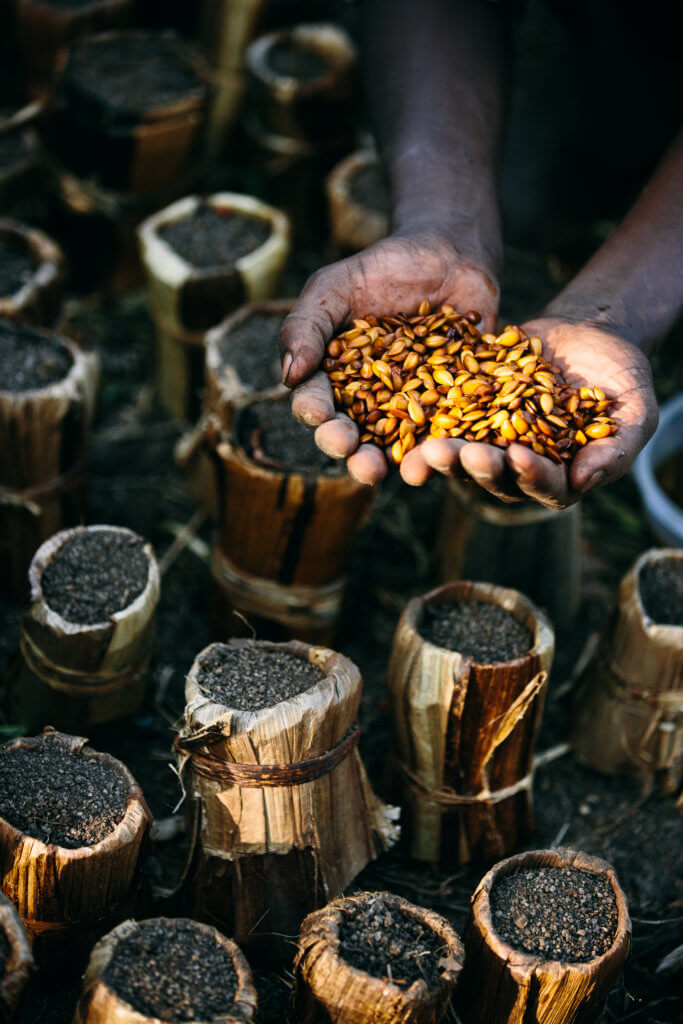
Each project we manage has a different planting season, around which the entire process of restoration is done. The planting season is determined by the cycle of rainfalls and climate conditions that naturally allow seeds to germinate and trees to grow. A new major challenge that we are facing is that due to the climate crisis, we are experiencing an unpredictable change in the seasons. This is making it much harder for the seed to grow and lowering the survival rate of the seedlings. Once we have gathered the seeds from the community, we plan with the women groups for the manufacturing of the biodegradable pots. Once the pots are done, we place them in the nursery with their respective seed inside of them. Then we wait for a few months for the seeds to become some beautiful baby trees, and when they are ready, we outplant them in the forest.
Providing livelihood to families
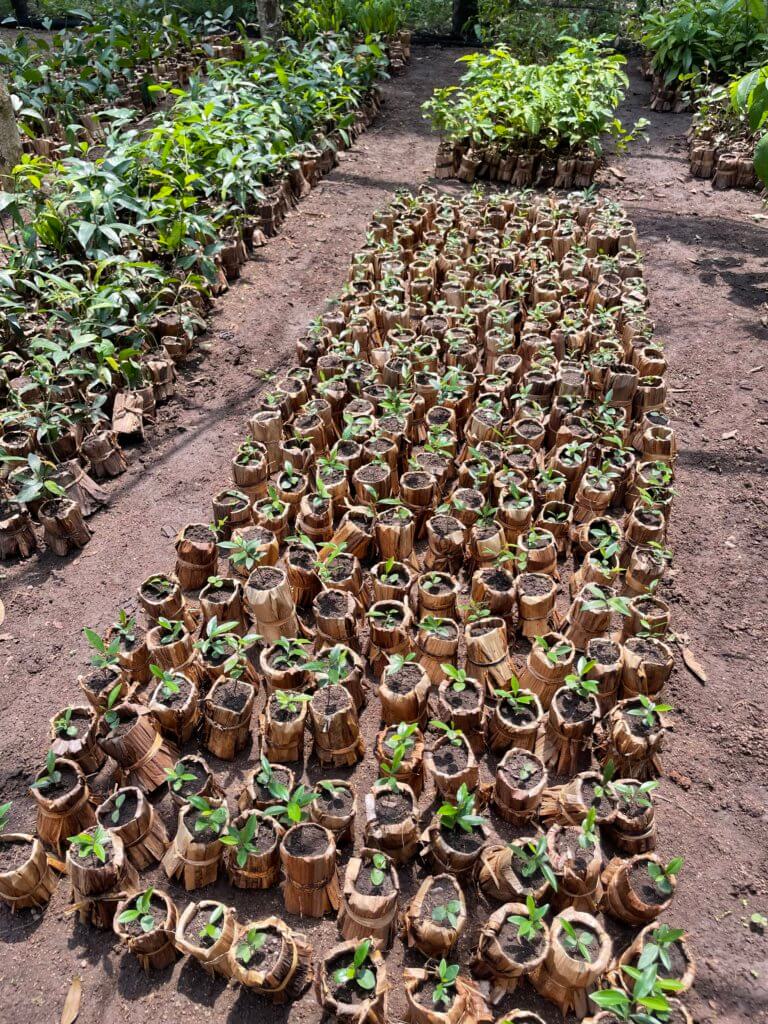
An environmental recovery project cannot be understood without integrating people and looking for alternative ways so that they can earn a living from protecting nature. These sources include both the labor to plant the trees, guide tourists and scientists to see the chimpanzee’s pangolins and other endangered species, and the manufacturing of the biodegradable pots.
Thanks to the manufacture of these pots we are employing women at risk of exclusion.
Community Sourced Seedlings and Endemic Species
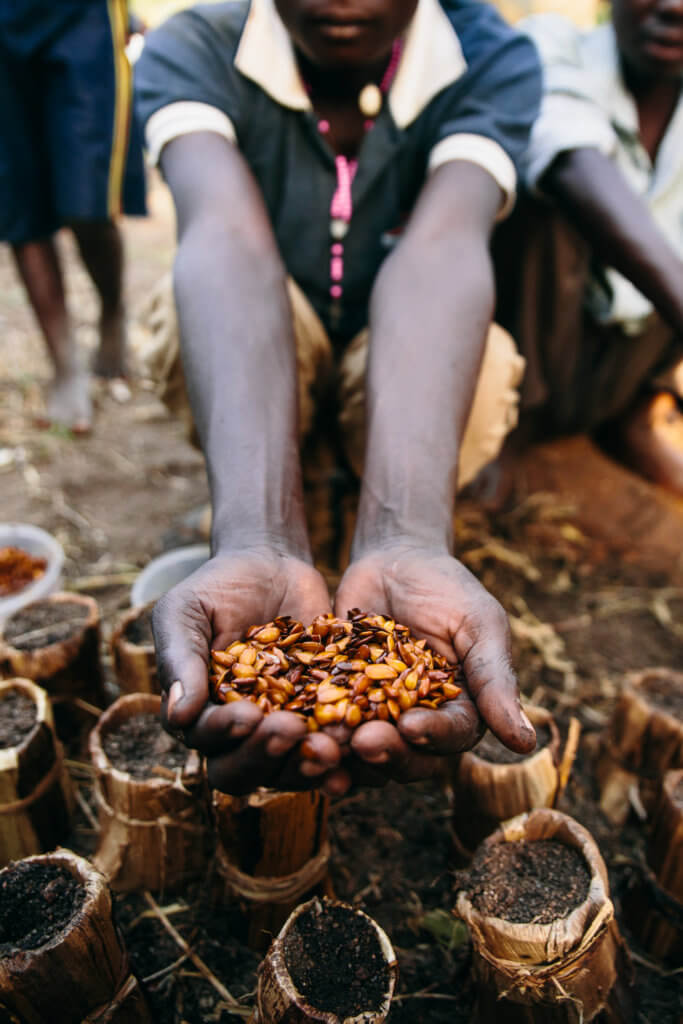
We mainly work with local communities in the sourcing of the seeds. We encourage them to specialize in collecting seeds of the different tree species that we plant in our projects. This way we make sure that almost all of the resources are spread amongst the communities. As for the selection of the tree species, always before planting a detailed study of the area is made, in order to determine which are the most beneficial species. Each project site is different and in order to maximize the success rate, that project has to be adapted to the specific local conditions. More than 90 percent of the trees that we plant have to be endemic species that help restore degraded habitat. The rest of the trees are fruit trees and fast-growing trees that are useful for the local communities. This allows us to avoid more pressure on the remaining forests.
Trees important for Paris Agreement
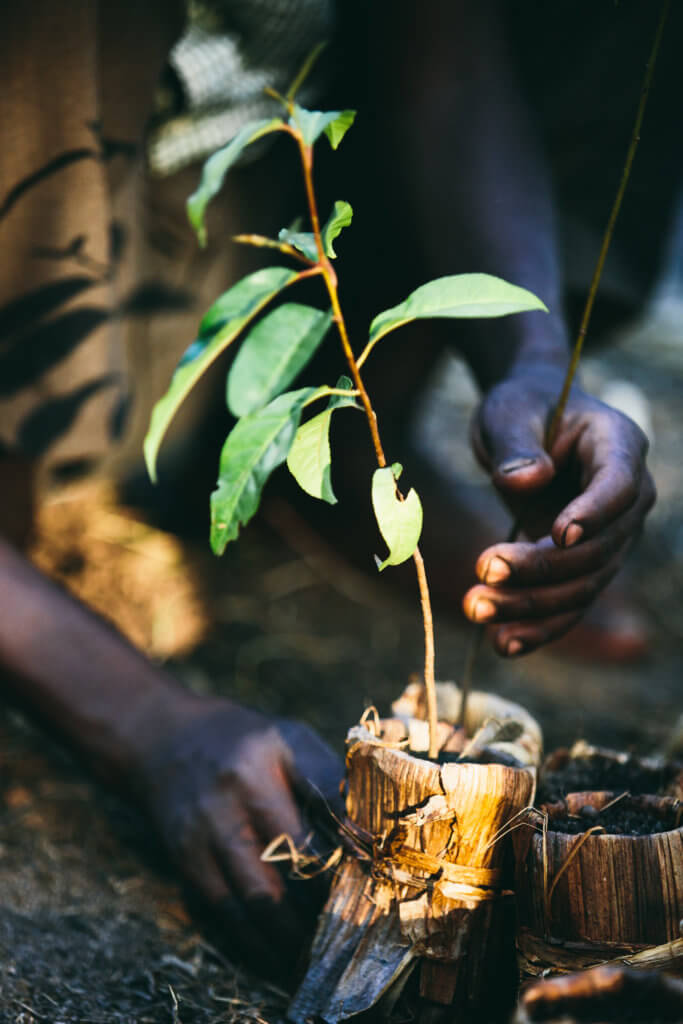
According to the unanimous conclusions of the scientific community, if we want to meet the minimum requirements of the Paris Agreement, we have to start restoring and protecting as many forests as possible. I think it is positive that the Trillion Trees Campaign has put a number to it. This way we can target our efforts and resources to meet a quantitative goal and measure its impact.
The clock is ticking
I would like to encourage people to start taking action. The scientific community has made it very clear, if we want to stay below the 2º average temperature increase by 2100 we have to join forces and work together towards meeting that challenging goal. Otherwise, the effects of global warming would not only lead to the collapse of the ecosystems but would have an unimaginable negative impact on humans.
Visit Trees4humanity projects in Uganda and Namibia to learn more.
